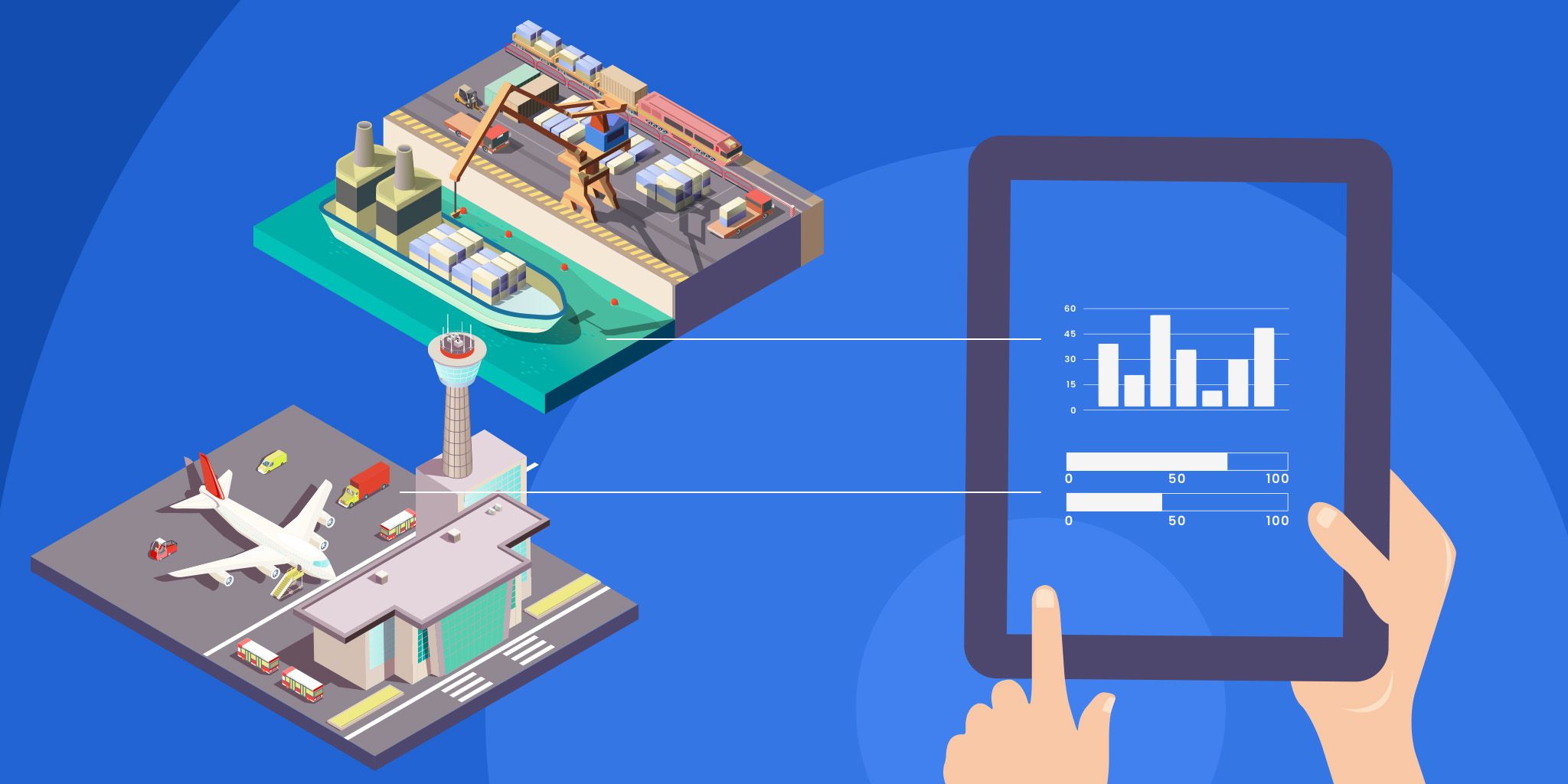IoT Data: Key to Future Product Innovation
IoT Data: Key to Future Product Innovation
- Last Updated: December 2, 2024
Guest Writer
- Last Updated: December 2, 2024



Like a lot of kids, I spent countless hours of my youth dreaming up futuristic drawings. My go-to project was maps of city roadways, where the cars and streets continuously talked to each other. While the promise of a Jetsons-like existence with flying cars folding into briefcases has yet to materialize, the countless hours that kids like me spent dreaming up fantastical worlds seem to have come to fruition in the form of IoT connectivity.
As we know, products connected are either linked now or in due time, leading to almost endless possibilities, from enhancing products to creating synergies that we could not have imagined previously. For businesses that manufacture smart products or use IoT to streamline efficiencies, one thing holds the key to the kingdom: data. The data points resulting from connected devices “talking” to one another create a tapestry of insights for organizations that possess the ability to efficiently and accurately curate and analyze them. Let’s take a closer look.
Smarter Products
There’s typically a lot of guesswork with smart product development. While IoT connectivity has been around for a while, we are still very much in the early stages of its development, especially related to culling the data connected products produce. Nevertheless, many manufacturers are learning that smart products, unlike their unconnected ancestors, offer tremendous insight into which features are being used every day, which ones are used sometimes, and which ones simply aren’t hitting the mark.
For businesses that manufacture smart products or use IoT to streamline efficiencies, one thing holds the key to the kingdom: data.
As you dig deeper, there’s also a wealth of information on smart product relationships—how products connect and the impact the use of one connected product has on how, when, where, and why another one is used. Take a connected kitchen, for example, where multiple devices interact with one another. The data can show the quantitative impact that connected products have on each other and, in some cases, identify relationships that may not have been so obvious at first glance.
IoT data can also tell manufacturers when something goes wrong and what factors may lead to the issue. For example, is it an isolated incident, or does the issue arise whenever specific factors leading to the problem occur? This information can shine a light on anything from fundamental performance problems to potential safety issues.
This data allows manufacturers to analyze it and empowers them to make intelligent updates to the product, develop a new product, or, in some cases, educate the decision to discontinue the product altogether.
Safer, More Efficient Production
To take the importance of IoT data to a more “meta” level, it is also vital to look at how connectivity can assist in producing intelligent products. Industrial IoT (IIoT) is the next wave of the IoT revolution, as connected devices within a manufacturing facility can uncover a wealth of information related to certain aspects of smart product production.
Much like the smart kitchen example earlier, data from connected implements can show managers where production slows and why. For instance, there may be delays from one stage of the manufacturing process to the next that may not be identifiable without the connected data. Sensors can also warn that a piece of machinery needs repair or is on the verge of failing altogether. The latter gives decision-makers the ability to proactively address the problem and prevent potential production slowdown or stoppage.
IIoT data can also uncover possible manufacturing safety hazards, like potentially dangerous interactions between connected machinery. Also, wearables can monitor the vital signs of those working in the plant, which can signal possible health issues. By connecting historical and current data, suggestions for improving the overall safety of a plant become clear.
Whether for smoother operations or to ensure the safest possible work environment, IIoT data can offer insight into how to maintain a consistent flow of production, which, in turn, will play a part in getting a product to market and ensuring post-launch demand.
Getting Data Where It Needs to Be
Collecting data and making sense of it represents a significant step toward market differentiation. Still, for many organizations, there is a final and often tricky hurdle to clear: sharing it. Hard work develops incredible insights that neutralize when people who can benefit from it most aren’t privy to it.
Here are three things that every organization needs to do:
- Break the silos: We’re moving away from an age where each department has its own sets of data that never extend beyond its four walls, and this is especially important as it relates to IoT data. The entire premise of IoT data is built on how data interacts to create new insights. Innovative product manufacturers who embrace this on a micro and macro level are the ones who will make the most progress. They are the organizations that will make sure relevant data gets to those who need to use it.
- Share progress updates: When disruptive new insights are discovered, ensure that stakeholders are aware of them and explain why insights matter to individual departments and the organization as a whole. Doing so will ensure that everyone is on the same page regarding the overall health of the product’s development.
- Avoid oversharing: While it’s essential to improve data sightlines, it’s just as critical not to overload stakeholders. There is so much data that it’s easy to spend time making sense of reports that don’t help a project stay on time and hit critical product development milestones.
The next decade will be transformative for smart product manufacturers who master the art of IoT data analysis. These companies will bring us offerings that are more personalized, powerful, and intuitive than ever before. They will play a part in creating a new digital ecosystem where everything informs everything. Chances are, a kid is drawing a picture of it in their room right now.
The Most Comprehensive IoT Newsletter for Enterprises
Showcasing the highest-quality content, resources, news, and insights from the world of the Internet of Things. Subscribe to remain informed and up-to-date.
New Podcast Episode

Moving Past the Pilot Phase in IoT and AI
Related Articles





